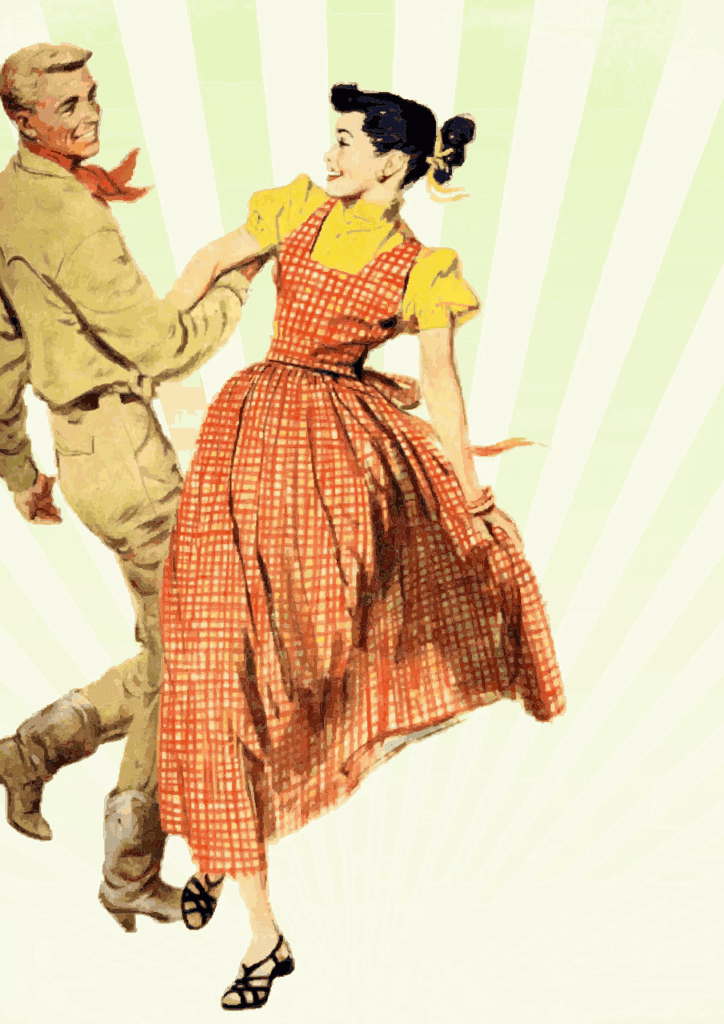Creating a Sustainable Workout Routine in Your 50s and Beyond. As you step into your 50s and beyond, you may think that your fitness journey is coming to an end, but that’s far from the truth. In fact, this phase of life presents a unique opportunity to refocus on your physical health and create a sustainable workout routine that will serve you well for years to come.
With the right approach, you can defy the conventional wisdom that says aging means declining physical abilities, and instead, unlock a new level of vitality and energy that will empower you to tackle life’s challenges with confidence. What’s the best way to maintain your physical fitness as you age, and what are the essential components of a sustainable workout routine in your 50s and beyond?

This image is property of pixabay.com.
Table of Contents
Creating a Sustainable Workout Routine in Your 50s and Beyond
As we age, our bodies undergo a series of natural changes that can affect our physical performance and overall health. While it’s true that our metabolism slows down, and our energy levels may decrease, it’s never too late to start making conscious lifestyle choices that promote healthy aging. When it comes to creating a sustainable workout routine in your 50s and beyond, it’s essential to prioritize your fitness goals, listen to your body, and make adjustments as needed.
Overview
Regular exercise is crucial for maintaining physical function, reducing the risk of chronic diseases, and improving mental health. As we age, our bodies require more attention and care, and a well-structured workout routine can play a vital role in promoting healthy aging. With the increasing awareness about the importance of fitness, more and more people are turning to exercise as a means to stay healthy and active in their 50s and beyond.
Thesis Statement
In this article, we’ll explore the essential components of a sustainable workout routine in your 50s and beyond, including the importance of flexibility, strength training, and cardiovascular exercise. We’ll also discuss the historical context of aging and exercise, current trends, and key concepts that can help you create a personalized fitness plan that meets your unique needs and goals.
Historical Context
Our understanding of aging and exercise has evolved significantly over the years. In the past, there was a prevailing notion that older adults were too frail for physical activity, and exercise was often discouraged. However, with the advent of modern medicine and research, we now know that regular exercise can improve physical function, reduce the risk of chronic diseases, and promote healthy aging. In the 1980s, the concept of “exercise and aging” gained popularity, and researchers began to study the effects of physical activity on older adults.
| Decade | Key Findings |
|---|---|
| 1980s | Introduction to “exercise and aging” as a research topic |
| 1990s | Establishment of the importance of strength training for older adults |
| 2000s | Focus on functional training and mobility exercises |
| 2010s | Increased emphasis on High-Intensity Interval Training (HIIT) |
Current Trends
Today, there’s a growing trend towards functional fitness, which focuses on exercises that mimic daily activities and improve mobility. High-Intensity Interval Training (HIIT) has also gained popularity, as it’s been shown to improve cardiovascular health and increase caloric burn. Additionally, there’s a greater emphasis on flexibility and stretching exercises, which are essential for maintaining range of motion and preventing injuries.
Key Concepts and Definitions
Before we dive deeper into creating a sustainable workout routine, it’s essential to understand some key concepts and definitions:
Flexibility: The range of motion in your joints, which is critical for daily activities and exercise.
Strength Training: A type of exercise that focuses on building muscle mass and improving bone density.
Cardiovascular Exercise: Any type of exercise that raises your heart rate and improves cardiovascular health.
Detailed Exploration
When creating a sustainable workout routine in your 50s and beyond, it’s essential to incorporate a mix of flexibility, strength training, and cardiovascular exercises. Here are some examples of exercises you can include in your routine:
Flexibility Exercises
- Static stretches for major muscle groups (hamstrings, quadriceps, chest, back, and shoulders)
- Dynamic stretches (leg swings, arm circles, and torso twists)
- Yoga or Pilates exercises to improve balance and flexibility
Strength Training Exercises
- Resistance band exercises (squats, lunges, chest presses, and rows)
- Free weight exercises (dumbbell squats, lunges, and deadlifts)
- Machine-based exercises (leg press, chest press, and shoulder press)
Cardiovascular Exercises
- Brisk walking
- Jogging or running
- Swimming or cycling
- High-Intensity Interval Training (HIIT) workouts
Example 1: Case Study
A study published in the Journal of Aging and Physical Activity found that older adults who participated in a 12-week strength training program showed significant improvements in physical function and mobility. The program consisted of two sessions per week, with exercises focusing on improving muscle strength, balance, and flexibility. The results demonstrated that even a moderate exercise program can have a significant impact on physical function and overall health.
Example 2: Application
For example, let’s say you’re a 55-year-old woman who’s looking to improve your cardiovascular health. You can start by incorporating brisk walking into your daily routine, aiming for at least 30 minutes per session, three times a week. You can also try swimming or cycling, which are low-impact exercises that are easy on the joints. As you progress, you can introduce HIIT workouts to improve your cardiovascular fitness and boost caloric burn.
Comparison of Different Perspectives
When it comes to creating a sustainable workout routine in your 50s and beyond, there are varying perspectives on the best approach. Some experts advocate for a focus on functional training, while others recommend a more traditional approach with a mix of cardio and strength training. Here’s a comparison of different perspectives:
| Perspective | Key Focus |
|---|---|
| Functional Training | Exercises that mimic daily activities and improve mobility |
| Traditional Approach | Mix of cardio and strength training exercises |
| HIIT | High-Intensity Interval Training for cardiovascular fitness and caloric burn |
Impact Assessment
The impact of these different perspectives on creating a sustainable workout routine in your 50s and beyond can be significant. For example, a functional training approach can improve mobility and reduce the risk of falls, while a traditional approach can improve cardiovascular health and increase muscle mass. HIIT, on the other hand, can improve cardiovascular fitness and boost caloric burn.
Section 5: Future Directions and Implications
Predictions
As we move forward, we can expect to see a greater emphasis on personalized fitness plans that cater to individual needs and goals. There will also be a growing trend towards incorporating technology, such as wearable devices and mobile apps, to track progress and monitor physical activity.
Implications
The implications of creating a sustainable workout routine in your 50s and beyond are far-reaching. By prioritizing physical fitness, older adults can improve their overall health, reduce the risk of chronic diseases, and promote healthy aging. Additionally, a sustainable workout routine can have a positive impact on mental health, reducing the risk of depression and anxiety.

This image is property of pixabay.com.
Conclusion
Recap
In this article, we’ve explored the essential components of a sustainable workout routine in your 50s and beyond, including flexibility, strength training, and cardiovascular exercises. We’ve also discussed the historical context of aging and exercise, current trends, and key concepts that can help you create a personalized fitness plan.
Final Thought
As you embark on your fitness journey, remember that creating a sustainable workout routine is a long-term process that requires patience, persistence, and dedication. By incorporating a mix of exercises that cater to your unique needs and goals, you can promote healthy aging, improve your overall health, and reduce the risk of chronic diseases.
Engagement
We’d love to hear from you! Share your fitness journey with us, and let us know how you’re incorporating physical activity into your daily routine. You can also explore more resources on our website, including fitness tips, workout routines, and healthy recipes.
Credible Sources
- Centers for Disease Control and Prevention. (2020). Exercise and Physical Activity.
- Journal of Aging and Physical Activity. (2019). The Effects of Strength Training on Physical Function in Older Adults.
- American Heart Association. (2020). Exercise and Physical Activity for Healthy Aging.

This image is property of pixabay.com.
Exercising in your 50s and beyond: Tips from a doctor and fitness pros

